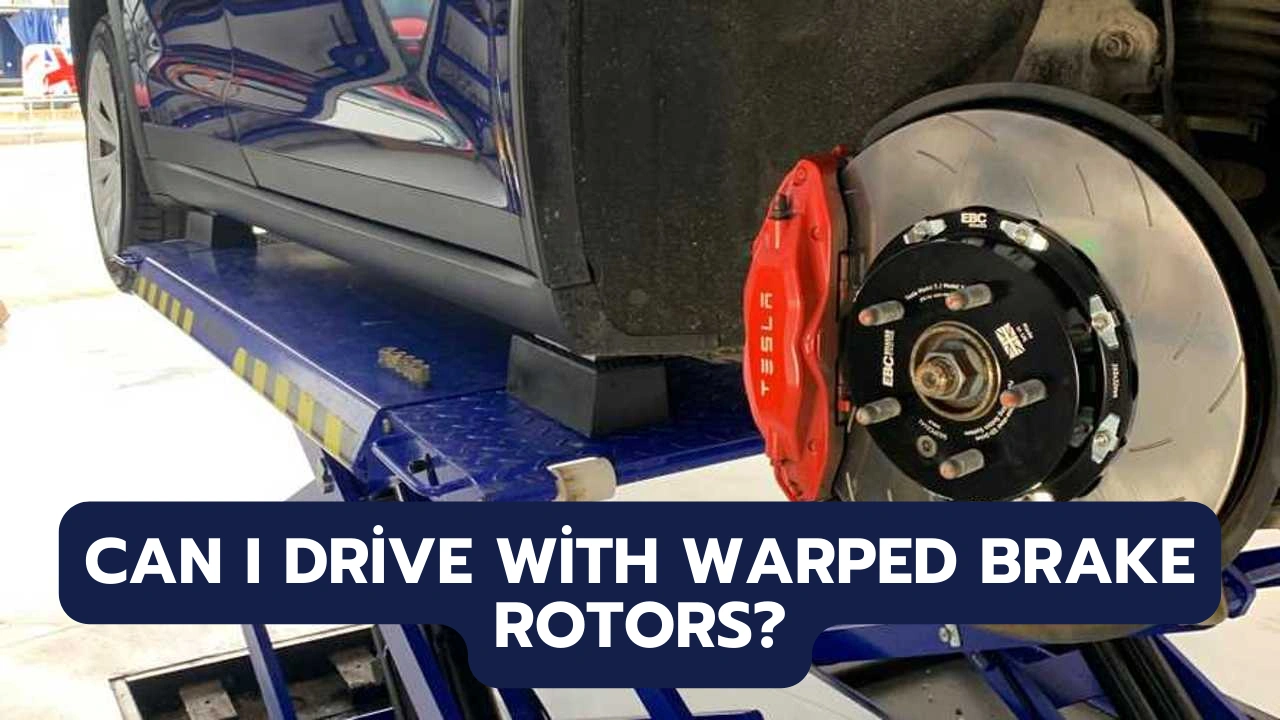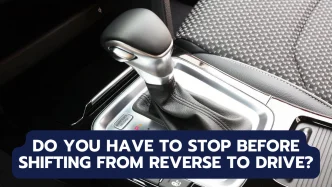When it comes to vehicle safety, brakes are the most critical system you rely on. If something is wrong with your braking system, such as warped rotors, driving becomes not only uncomfortable but also hazardous. Warped brake rotors can significantly reduce braking efficiency, cause vibrations, and even lead to a complete loss of control. Understanding what brake rotors are, how they work, and the dangers of driving with warped rotors can help you make informed decisions to stay safe on the road.
In this guide, we’ll explore everything you need to know about brake rotors, how they get warped, the symptoms of warped rotors, and why it’s unsafe to continue driving with this issue.
What Are Brake Rotors and How Do They Work?
Brake rotors, also known as disc rotors, are metal discs that work in conjunction with your car’s braking system. When you press the brake pedal, the brake calipers press brake pads against the surface of the rotors. This action creates friction, which slows down the rotation of the wheels and brings your vehicle to a stop.
The braking process generates an immense amount of heat. The front rotors handle the majority of braking force and, therefore, experience the most heat and pressure. Although rear rotors can warp, it’s more common for the front rotors to suffer from warping due to the added strain they endure.
How Long Do Brake Rotors Last?
Brake rotors are designed to endure high heat, pressure, and repeated use. Under normal driving conditions, they can last between 30,000 and 70,000 miles. However, several factors can shorten their lifespan:
- Driving Habits: Frequent hard braking, such as in stop-and-go traffic or during high-speed driving, generates more heat and accelerates wear.
- Environmental Conditions: Driving in hilly areas or regions with rough road conditions can strain your brakes more than driving on flat, smooth surfaces.
- Brake Quality: The quality of your brake pads and rotors also affects longevity. Lower-quality components are more susceptible to warping.
- Brake Maintenance: Infrequent inspections and neglected brake servicing can lead to issues like rotor warping and brake fade.
Signs of Warped Brake Rotors
Identifying warped brake rotors early can prevent more significant damage and potential accidents. Here are the common symptoms of warped rotors:
1. Shaking or Vibrating Steering Wheel
When your rotors are warped, applying the brakes may cause the steering wheel to shake or vibrate violently. This happens because the brake pads are contacting the uneven surface of the rotor, creating inconsistent braking pressure.
2. Pulsating Brake Pedal
If you feel a rapid pulsation in the brake pedal when you press down, it’s a strong indication that the rotors are warped. The pulsating sensation occurs as the brake pads repeatedly lose and regain contact with the uneven rotor surface.
3. Reduced Braking Performance
Warped rotors decrease the effectiveness of your braking system. You may notice that it takes longer to stop, or you need to press harder on the brake pedal to achieve the same stopping power.
4. Blue or Discolored Rotors
Overheating can cause the surface of the rotors to turn a shiny blue color. This discoloration, known as glazing, reduces friction and makes the rotors less effective.
5. Grinding or Squealing Noises
Warped rotors may produce grinding, squealing, or squeaking sounds when braking. This noise results from uneven contact between the brake pads and the damaged rotor surface.
Can You Drive With Warped Brake Rotors?
Why Driving with Warped Rotors is Dangerous
Driving with warped rotors is not safe and can lead to a range of problems that affect both your safety and the health of your vehicle. Here’s why you should address warped rotors immediately:
- Increased Risk of Accidents: Warped rotors reduce braking efficiency, making it harder to stop quickly in emergencies. This can lead to collisions, especially in high-traffic areas or at high speeds.
- Loss of Vehicle Control: The violent vibrations caused by warped rotors can make it difficult to control the steering wheel. In extreme cases, the force of the steering wheel shaking can cause you to lose control of the vehicle.
- Brake Fade: Warped rotors create hot spots that further reduce braking power. This condition, known as brake fade, means your brakes may fail to stop the vehicle effectively, especially during prolonged braking.
- Damage to Suspension Components: The constant shaking and vibrations put undue stress on your vehicle’s suspension system, including the shocks, struts, and tie rods. Ignoring warped rotors can lead to costly repairs beyond just the braking system.
- Rotor Cracking or Breaking: Continued use of warped rotors can cause them to develop cracks or even break apart. This catastrophic failure can result in a complete loss of braking power.
Immediate Action is Required
If you notice any signs of warped rotors, it’s crucial to stop driving and have your vehicle inspected by a professional technician. Continuing to drive puts you and others at significant risk. A qualified mechanic can assess the rotors and determine if they need to be machined (resurfaced) or replaced.
How Often Should You Replace Brake Rotors?
Brake rotors should be inspected at least once a year or every 12,000 miles. If you drive in conditions that require frequent braking, such as city driving or mountainous terrain, consider having your brakes inspected twice a year. Rotors may need replacement if:
- They are warped or cracked.
- They have worn down below the minimum thickness specified by the manufacturer.
- They show signs of glazing or significant discoloration.
Cost of Replacing Warped Rotors
The cost to replace warped brake rotors varies depending on your vehicle’s make and model. On average:
- Front Rotors: $200 to $400 per axle (including labor).
- Rear Rotors: $150 to $350 per axle (including labor).
Replacing brake rotors and pads together is often recommended to ensure optimal braking performance.
What causes brake rotors to warp?
Brake rotors warp due to excessive heat and pressure. Factors like hard braking, driving on rough roads, and poor-quality brake components contribute to warping.
Can warped rotors be resurfaced?
In some cases, warped rotors can be resurfaced (machined) to restore a smooth surface. However, if the rotors are too thin or badly damaged, replacement is necessary.
How can I prevent my rotors from warping?
Avoid hard braking, maintain proper brake maintenance, and use high-quality brake components. Allowing your brakes to cool after heavy use can also help.
How long can I drive with warped rotors?
You should not drive at all with warped rotors. The risk of a blowout, reduced braking power, and loss of control makes it unsafe.
What does a warped rotor feel like?
A warped rotor causes a vibrating steering wheel, a pulsating brake pedal, and reduced braking efficiency. You may also hear squealing or grinding noises.
Can I replace rotors myself?
If you have mechanical experience and the right tools, you can replace rotors yourself. However, if unsure, it’s best to have a professional handle the job.
Is it necessary to replace brake pads with rotors?
Yes, it’s often recommended to replace brake pads when replacing rotors. Worn pads can damage new rotors and reduce braking efficiency.
How do I know if my rotors need replacement or resurfacing?
A professional mechanic can measure rotor thickness and inspect for damage. Resurfacing is possible if there is enough material left and damage is minimal. Otherwise, replacement is necessary.
Are ceramic brake pads better for preventing warped rotors?
Ceramic brake pads produce less heat and are gentler on rotors, reducing the likelihood of warping compared to metallic pads.













